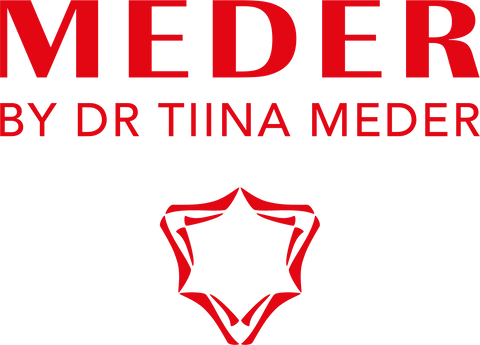You might have never heard of them, but circadian rhythm disorders, as well as other sleep disorders, are a problem for a wide range of people all around the world. Mostly, this is an issue for the ones with irregular sleep schedules, like shift workers and people who travel through time zones a lot.
Based on the causes and sleep-wake cycle changes it induces, other names include advanced sleep phase disorder, shift work disorder, delayed sleep phase syndrome, and jet lag disorder. The symptoms that might require a visit to a sleep specialist include:
- Core body temperature changes;
- Severe jet lag symptoms that last for days;
- Daytime sleepiness;
- Irregular sleep-wake rhythm;
- Bright light sensitivity;
- Not getting enough sleep on a regular basis.
The specialist will gather all the necessary data about your lifestyle as well as your sleep schedule. After that, he will choose a combination of solutions that help induce sleep and regulate your circadian rhythms.
These usually include melatonin supplements and light therapy. Hormone melatonin induces sleepiness, and for people without any circadian rhythm disorder, its production starts after the dark. Since circadian rhythm has a direct connection to our perception of light and dark, melatonin production suffers a lot from the rhythm disorder.
Which Skin Functions Are Regulated by Biological Clocks and Circadian Rhythms?
The simple answer is short — all of them! Regulated circadian rhythm activities allow the skin to adapt its daily functions to the constantly changing environment. External stimuli like temperature, light, humidity, UV radiation, and pathogens interact with the skin in a predictable time, and the skin adjusts functions to better respond to each challenge.
There is the best time for skin cell proliferation, higher and lower skin hydration and transepidermal water loss (TEWL), capillary blood flow, sebum production, change of temperature or pH, and even the appearance of wrinkles (yes, wrinkles appear deeper after lunch!)
We know the precise time when cells are actively dividing — it happens around 11.30pm and that's why the necessity of so-called beauty sleep, i.e. going to bed before midnight to look your best, is not really a myth, but truth. Cell growth and repair occur mainly in the evening, and skin is more vulnerable to damage at this time.
Sebum glands are more active during the day with a pic of their activity between noon and 4pm when they produce sebum most intensely. It helps to get fresh, non-oxidized lipids to cover the facial skin with a protective mantle right on time of higher ultraviolet activity.
In the early evening, sebum production decreases and comes to a full stop at midnight, staying minimal until 4am, which explains why skin is less moisturized in the early morning. Recently, it was found that the skin's microbiome follows circadian rhythms as well, with a higher activity of bacteria that is able to hydrolyze lipids and produce antioxidants.
One of the key players here is Cutibacterium acnes, which is beneficial but could become a problem when it overgrows. Circadian rhythm disorders can trigger or worsen acne conditions when sebum production doesn't stop or bacteria continue to grow during the night instead of following a healthy circadian rhythm regulation.
Skin hydration depends on many factors, including skin permeability and the amount of water lost across the epidermis. Transepidermal water loss (TEWL) is significantly higher at night when the skin is focused on the regeneration process and is supposed to be protected from external cues like ultraviolet and other environmental damage.
The permeability of skin is higher during the night too, so all skincare products applied on the skin at the evening time are penetrating deeper and could be acting more intensely. It is a myth that you need more intense skincare as a part of your bedtime routine, but you definitely need different skincare as skin functions are different, and we should respect that.
The skin's immune system also follows circadian rhythms, staying in protection mode during the day and in repair mode during the night. Apparently, skin sensitivity is linked to circadian regulation as well.
People with sensitive skin, as well as patients suffering from eczema, atopic dermatitis, and other skin conditions, are experiencing more itching and discomfort during the night because of excessive immune cell's night activity. Good sleep and healthy biological clocks are key to skin health!
Day Skin Life — Vigilance Mode.
- Skin barrier building
- Highest sebum production
- Highest pH
- Highest skin thickness
- Lowest cells proliferation
- Highest activity of microbiome
- Lower blood circulation flow
Night Skin Life — Repair Mode.
- Highest DNA repair
- Highest cell proliferation
- Highest blood circulation flow
- Highest skin temperature
- Highest skin permeability
- Highest skincare penetration
- Highest moisture loss
- Lowest barrier recovery rate
How Do Eating Habits Affect the Skin’s Circadian Rhythm?














